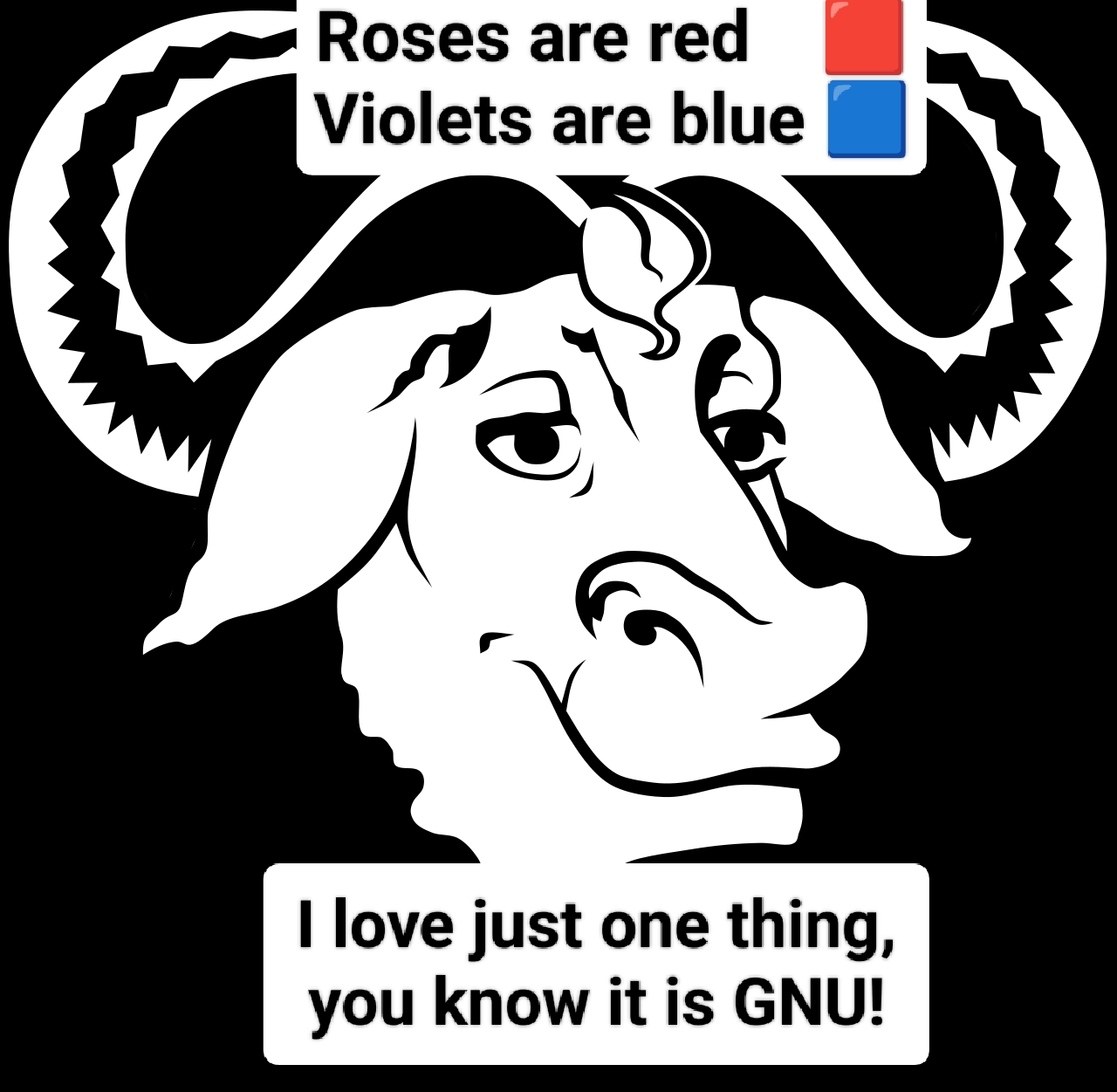I’ll be honest here: I switched my main laptop from slow roll to Linux Mint to install it several months back to install wayDroid. I’ve been happy with the switch. Here are my thoughts:
- I’d installed Linux Mint + wayDroid on the laptop of various family members, and really liked what I saw
- Runa-chin has done a great job providing instructions and packages to install it on tumbleweed, but it has quirks that I didn’t feel like fighting. It just works out of the box in Mint.
- I like having KDE plasma 6 on slow roll, but the cosmetic difference from plasma 5 is minimal (it’s more performance/longer term). I’m ok with sticking with plasma 5 if I get a painless wayDroid installation
- Slow roll is generally stable, but updates have burned me a few times in the past year. More stability is always nicer
- Flatpak + appimage + snap (yes, I don’t mind using whatever is officially recommended on the project website of whatever I’m trying to install, though it would be nicer to have more official flatpaks) make it such that while my base is stable, I can still get some pretty recent packages













Because hosting costs money, and sustainable services need revenue sources.
News we read was put together by a team of journalists, editors, etc.
Video streaming takes a lot of storage, bandwidth, processing, licensing.
And so on.
Price gouging is bad, but reasonable income is necessary.
Billboard ads that don’t target users and don’t track effectiveness are dangerous financially for advertisers, and would pay much less to ad hosters.
Anonymous, aggregated tracking is a healthy compromise.